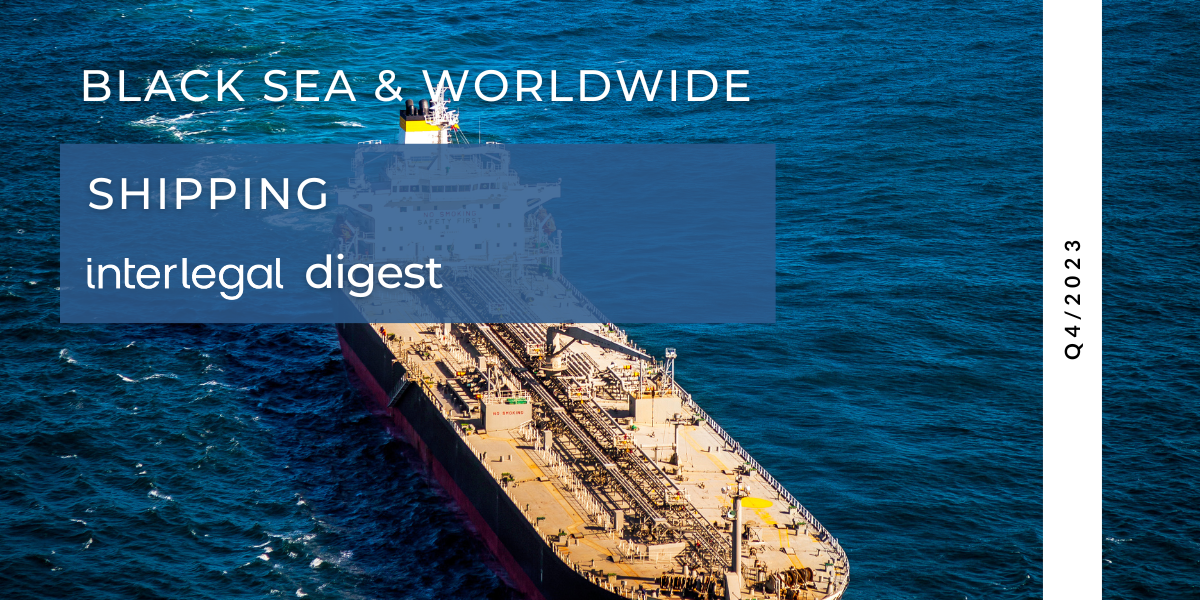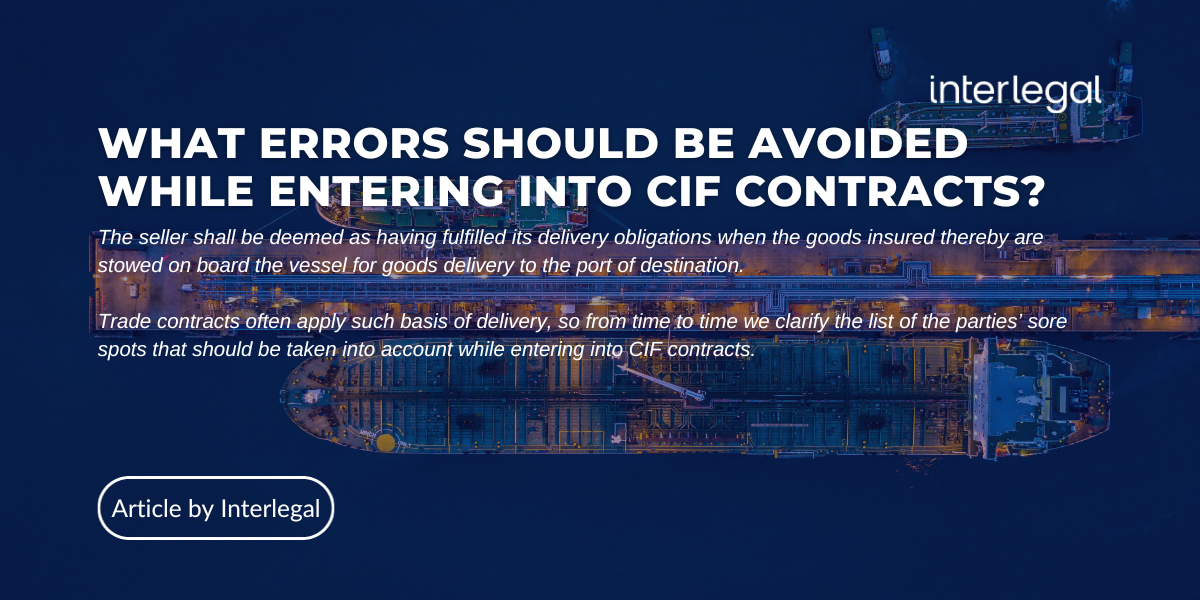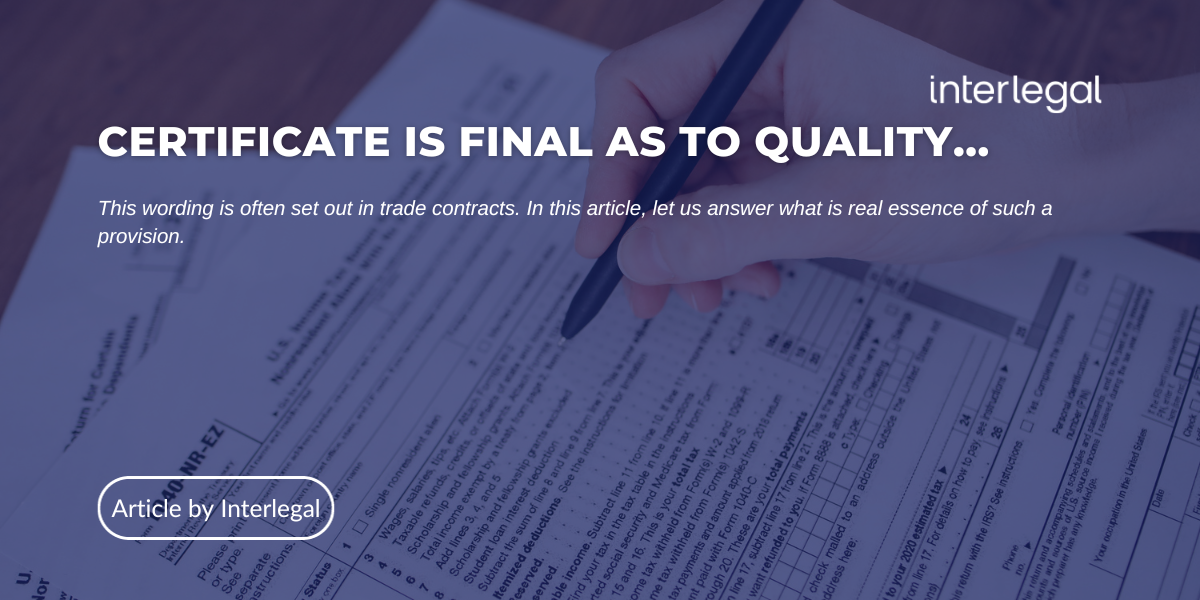Why grain can’t get out of Ukraine
22 June, 2022
4
Approximately 20 million tons of grain sit in storage in Ukraine, with few ways out of the country. It is a slow-moving crisis that is choking Ukraine off from the global economy, and cutting the rest of the world off from Ukraine’s critical supply of grains.
Ukraine provides about 10 percent of the global share of wheat exports, and almost half of the world’s sunflower oil. Alongside Russia, Ukraine makes this region one of the world’s “breadbaskets.” But Moscow’s war in Ukraine and Western sanctions against Russia have squeezed agricultural exports from the entire Black Sea region. These products can be replaced on the global market, but at a cost. Food is harder to afford for poor countries, and for poor people in rich countries. It could deepen a worldwide hunger crisis. United Nations food agencies warn that a record 49 million people, in 46 countries, are at risk of falling into famine conditions this year.
Ukraine exported a lot of its 2021 crop before Russia’s invasion, including a lot of its wheat, but some of that, and products like corn, are still in storage. Exporters are struggling to get what’s left out,because Ukrainian ports on the Black Sea, like the key city of Odesa, are under blockade. Russian fleets are blocking the route, and the area is heavily mined.
Now this season’s harvest is beginning, but with limited places to put the new crops. This backlog means that some crops could rot, and as long as they’re sitting there, they remain vulnerable to Russian attack or theft.
Ukraine is still shipping out its grains west, through Europe. But infrastructure challenges and a raging war mean it is only a fraction of what it would otherwise be. Rachid Bouda, the managing director of shipping company MSC Ukraine, typically shipped about 10,000 containers each month from Ukrainian ports on the Black Sea, like Odesa and Chornomorsk. They were filled with all kinds of agricultural commodities: wheat, barley, corn, sunflower oil in flexitank containers. Now, it’s more like 1,000, maybe 1,500 containers — though none leave from Ukrainian ports.
One route is through Constanta, a port on the Black Sea, in Romania. But to get containers there, they must first travel overland, either by truck or by train. These routes are time-consuming, logistically complicated, congested, and costly. Most of all, these methods cannot deliver the volumes necessary to move this amount of grain.
“The only way to ship grain from Ukraine is to use the Ukrainian ports of the Black Sea,” Bouda said.
Ukraine ships the majority of its grain through ports on the Black Sea
Before the war, Ukraine exported about 5 million metric tons of grain each month, around 90 percent of it from Ukraine’s ports on the Black Sea, like Odesa, where massive silos store grain before it departs. “The whole infrastructure of the country was designed in this way, to export grains through these Black Sea ports,” said Paskal Zhelev, an associate professor of international economic relations at the University of National and World Economy in Sofia, Bulgaria.
Russia’s invasion interrupted all that. Russian forces have periodically attacked Odesa, although the port is still within Ukrainian control. (Russia controls ports in Ukraine’s southeast, like Mariupol, on the Sea of Azov, though those are less critical for grain shipments.)
ButRussian fleets largely control the waters off Ukraine, and their blockade has disconnected Ukraine from these sea routes. Ukraine also closed the port and mined the coastline off Odesa to defend against any Russian attempts to land there. Mines are also afloat in the sea. Ukraine blames Russia for stealing mines and setting them loose to block grain shipments; Russia claims they’re Ukrainian mines that broke free.
The blockade is extreme, but once Russia invaded, trading as usual couldn’t happen. Many commercial firms don’t want to send their ships to dock in a port that might become a target for a missile strike, and the dangers of doing business in a war zone dramatically increases insurance premiums, which increases the cost of transporting any cargo. That is, if firms want to take that risk at all.
A lot of grain, with places to go — but no easy way to get there
With Ukrainian ports on the Black Sea closed off, Ukraine is scrambling to find alternative routes, mostly through other countries’ ports on the Black Sea, Baltic Sea, or Adriatic Sea. But to reach any of those places, shipments of wheat or corn or barley have to travel overland, or from river ports on the Danube.

Christina Animashaun/Vox
A lot of Ukrainian grain is bound for Constanta, on the Black Sea in Romania, with about 50 percent of currentexports shipped from there, said Nikolay Gorbachov, the head of the Ukrainian Grain Association, an industry group for grain exporters and processors. About 30 percent of Ukrainian grain exports are leaving through Poland near Gdansk, on the Baltic Sea, and the rest are headed everywhere else — or wherever they can go.
Instead of 5 million tons of grain each month, Ukraine is only managing about 1 million to 1.5 million tons, though some experts said that may be over-representingwhat is physically moved.
Even that figure obscures the cost, delays, and logistical complications. “Finding alternative roads to neighboring countries exposes a longstanding problem of the Black Sea region,” Zhelev said. “This is the substandard infrastructure and the lack of proper interconnectivity between those countries.”
To get grain to Constanta, Bouda said he had two options: truck or train. At the beginning of the war, it was hard to get truck drivers, since Ukrainian men couldn’t leave the country. And Bouda wasn’t the only one trying to send cargo by truck; others had the same exact idea, which created heavy congestion on the roads to Romania, and a back-up at the border crossing, where customs didn’t have the technology or personnel to handle this kind of volume. The wait at the border, Bouda said, could take six or seven days. Once at the port, truckers also had to wait to unload cargo. The costs added up.
The train option presented its own challenges, and is one many Ukrainian exporters face, no matter what they’re shipping, because the railway gauge in Ukraine, as in other parts of the former Soviet Union, is about 10 centimeters wider than the ones typically used across Europe. That means once the Ukrainian train hits the border with, say, Poland, grain has to be reloaded onto different trains, or the freight wagons have to be placed onto a train with a narrower base. This, of course, is very complicated, very costly, and very time-intensive. Bouda said the backlogs make it hard to find available train cars.
“The volume, it cannot be processed just by sending grains by railway,” said Arthur Nitsevych, a partner at Interlegal Law Firm, a Ukrainian firm that works in shipping and maritime transport in the Black Sea region. “There are bottlenecks on the railway on the crossroads between Ukraine and the European countries, and there is a lack of infrastructure, lack of terminals, there is a lack of wagons, locomotives. So everybody is doing their best, but it seems it’s not possible. It’s not possible.”
Fighting in Ukraine is concentrated in the east and the south, but a lot of the nation’s infrastructure is mobilized for war and so already strained for capacity. Badly damaged infrastructure and detours further complicate overland travel. Ukrainian soldiers have blown up bridges to stop Russia’s advance. Train lines and stations are how Ukraine resupplies its weapons, and Russia has targeted those delivery points.
Ukraine’s river ports on the Danube remain open, but Gennadiy Ivanov, general manager of BPG Shipping, said that because these ports did almost zero grain exports before the war, they cannot handle the load. About 100 ships, he said, had built up to the entrance to the Sulina Canal, with a wait time of about 20 to 25 days to make berth.
When grain arrives at another European seaport, those places are not necessarily equipped to deal with the influx of cargo. “Constanta was not ready to handle Ukrainians’ volumes, and immediately it became congested,” Bouda said.
This is true for other ports in the region, like Varna, in Bulgaria, which has promised to help ship Ukrainian grain, but Zhelev said doesn’t really have the infrastructure to do so. Lithuania has also proposed sending out Ukrainian grain through its Baltic Sea ports, which sounds great on paper — a nice, deep harbor for big ships, silos to store grain, and a railroad with the same gauge width. There’s just one hiccup: to get there, Ukrainian wheat would transit through Belarus, a client state of Russia’s, which probably would not be on board with this idea. It’s more likely that the wheat would have to go through Poland first, requiring two train changes.
“Physically, you just cannot really get this grain out of the country by railway, by trucks, and by boats,” said Oleg Nivievskyi, the vice president for economics education at the Kyiv School of Economics, who specializes in agricultural economics. “It’s simply not possible.”
The only viable way to get Ukrainian grain out is by ending the Black Sea blockade. But how?
Ukraine’s peak grain export happens between July and December, experts said, once the harvest season is on — people want the freshest, best wheat, and then other crops that get harvested after that. The remaining grain is distributed through the next year, until the season picks up again in July.
That’s why the grain situation in Ukraine is becoming so urgent. Ukraine’s wheat is planted in winter, and was largely already in the ground when the war started. Other crops planted in the spring, like corn and sunflower, are down, but not extraordinarily so. “Farmers plant, that’s what they do,” said Mike Lee, director of Green Square Agro Consulting, which forecasts crop yields for the Black Sea region. “Even in the extreme situation of a war, they still went out and planted.” Ukrainian officials estimated earlier this year that grain harvest yields will be down about 20 percent.
Ukrainian farmers will still harvest, and they need a place to store it. But because last year’s grain is stuck, silos are in short supply. The EU may bring in some portable silos, and US President Joe Biden has suggested building silos along the Polish border to be more easily able to move grain overland. Some crops like wheat are a little easier to store, but still challenging as other crops start coming in later in the year. Storage is costly for farmers, especially if it’s not clear they can even sell their grain. “You have to spend money to keep the grain in good condition. If this is bad, that also means that the quality of grain is going to be lower, and the price is going to be lower,” Nivievskyi said.
All of these solutions — EU countries easing cross-border checks for overland wheat shipments, new silos — are Band-Aids on a gaping wound. There is only one solution, Gorbachov said, and it is “open the ports.”
Turkey is brokering talks with Russia on the ports, including a United Nations proposal that would create a kind of secure corridor for grain transport, potentially with Turkish naval escorts. Others have proposed using NATO or United Kingdom or United States fleets — something like the US did in the 1980s in the Persian Gulf. That plan would potentially put NATO ships uncomfortably close to Russian ones, and the United States has, for now, ruled it out.
Russia has also suggested it could ease the blockade, in exchange for relief from Western sanctions, a quid pro quo that plays to Russia’s strategy of trying to blame the United States and the West, not its unprovoked war, for the coming food crisis.
Even if some deal is reached, the region’s waters would still need to be de-mined, which experts said is technically possible, but will take time, perhaps months. Ukraine is worried that this would leave Odesa vulnerable to attack, especially since Russia has a track record of violating these deals. But as experts said, there has to be some sort of diplomatic breakthrough, because the Black Sea is the only viable way to get the grain out. “Otherwise,” Zhelev said, “the whole world suffers.”
Especially for VOX.COM























































